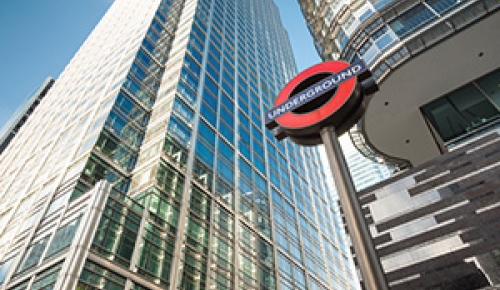Press Releases
BackGIB reports a first quarter profit of $26.4 million
GIB reported consolidated net income after tax of $26.4 million for the three months ended 31st March 2015, compared to $29.1 million in the prior year period. Prior year income included an exceptional, one off recovery of a previously written off loan. Excluding this exceptional income item, net income was marginally up on the prior year despite an increase in expenses associated with GIB's new innovative retail bank launched in the Kingdom of Saudi Arabia in December 2014.
Total income at $72.4 million was $5.3 million or 8 per cent up on the prior year with year-on-year increases recorded in all income categories with the exception of other income.
Net interest income at $39.7 million for the three months was $1.1 million or 3 per cent up on the prior year period. The year-on-year increase in net interest income reflected an increase in the loan volume as the Bank continues to successfully reorientate its lending activities from transactional-based long-term project and structured finance to relationship-based large and mid-cap corporates. During the first three months of 2015, the nurturing of relationships with large and mid-cap corporates as part of the new business strategy resulted in an increase in loan margin income as well as increased non-asset based customer-related revenues. In this context, fee and commission income at $20.3 million was $3.6 million or 22 per cent up on the prior year, and comprised more than a quarter of total income. The year-on-year increase reflected continued success in GIB's strategic focus on non-asset based, relationship-orientated products and services, and on supporting customers' commercial and trade finance requirements. Foreign exchange income at $7.1 million was $1.9 million or 37 per cent up on the prior year period. Foreign exchange income principally comprised revenue derived from customer-related activities, and in particular revenues derived from structured products designed to assist customers in hedging their foreign exchange exposures in the current volatile markets. Trading income at $2.0 million compared to a breakeven outcome in the prior year period. Trading income principally comprised gains on an investment in a fund managed by the Bank's London-based subsidiary GIB (UK) Limited. Other income of $3.3 million for the three months compared to $6.6 million in the prior year period. However, prior year income included an exceptional, one-off $3.0 million recovery relating to a previously written off loan. Other income for the period principally comprised dividends on equity investments.
Total expenses at $44.1 million for the three months were $6.2 million or 16 per cent up on the prior year period. The year-on-year increase in expenses was attributable to the on-going investment in the implementation of GIB's new retail banking proposition.
Consolidated total assets at the quarter end were $22.6 billion, being $1.3 billion or 6 per cent higher than the 2014 year end level. The asset profile at 31st March 2015 reflected an exceptionally high level of liquidity. Cash and other liquid assets, and short-term placements totalled $9.8 billion, representing an exceptionally high 43 per cent of total assets. Investment securities at 31st March, which principally comprised highly rated and liquid debt securities issued by major financial institutions and regional government-related entities, amounted to $4.3 billion. Loans and advances amounted to $8.0 billion, being marginally higher than at the 2014 year end, reflecting the replacement of maturing legacy transactional-based long-term project and structured finance facilities with new relationship-based large and mid-cap corporate loans. There was a further improvement in the Bank's funding profile in the first three months of 2015 with a $0.6 billion increase in customer deposits. GIB's robust funding position demonstrates the confidence of the Bank's customers and counterparties based on its strong ownership and financial strength. The Basel 3 total and tier 1 capital adequacy ratios at the end of the quarter were an exceptionally strong 19.0 per cent and 17.8 per cent respectively.







